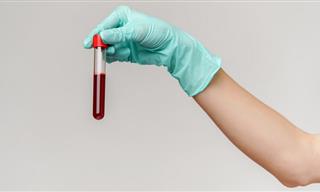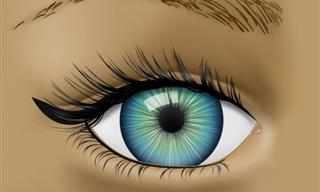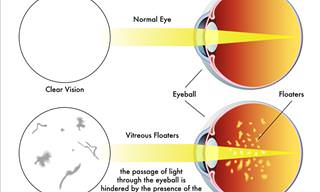Do you see transparent squiggles swimming across your field of vision sometimes? If you find them annoying, then you’re in luck - ophthalmologists from Ophthalmic Consultants of Boston have found a way of getting rid of floaters using lasers.
Although floaters in the eyeball are generally harmless, they can get larger and become more problematic with age. They appear when tiny pieces of protein, tissues or red blood cells cast shadows on the retina tissue at the back of the eye.

These tiny pieces get suspended in the gel that fills the eyeball, called vitreous humor, and appear to float around before disappearing when we try to stare at them. As we age, the vitreous humor can start to degrade and become liquefied, causing floaters to bind together to create bigger clumps and knots that can actually affect vision.
The aforementioned ophthalmologists tested the impact of a laser treatment called Yttrium-Aluminum Garnet laser vitreolysis on floaters by comparing it to a placebo treatment given to a control group. Although it has been tested before, the Boston study marked the first time that this kind of treatment has been put up against placebos.
Some 54% of participants in the treated group reported an improvement in vision, which contrasts with 9% of the placebo control group that also reported an improvement. The study included 52 volunteers in total, and they were tested over the course of six months.
What’s more is that no clinically relevant adverse events were identified in the test, which involves surgeons “shooting” at the floaters in a patient’s eye using a laser beam that’s a mere six-thousandths of a millimeter wide. This process fragments floaters into smaller chunks.

The process is non-invasive and pain-free, and is already available to patients. With that being said, there is still much to be learned about the treatment, because it was only tested on a small amount of people.
Nevertheless, patients using the treatment have reported seeing a real improvement in their eyesight.
Content source: Science Alert
Images by Deposit Photos.
 Go to BabaMail
Go to BabaMail





















































